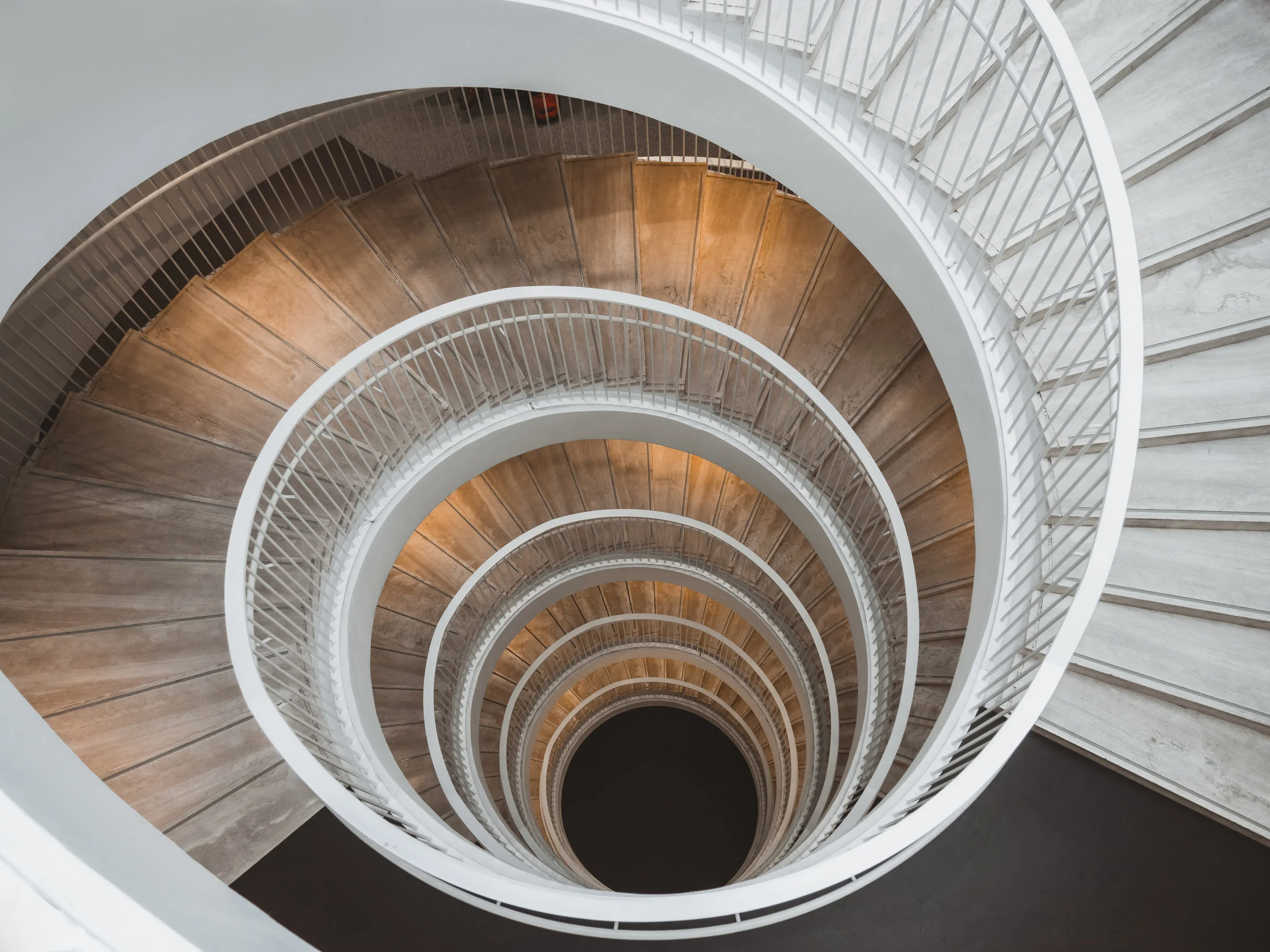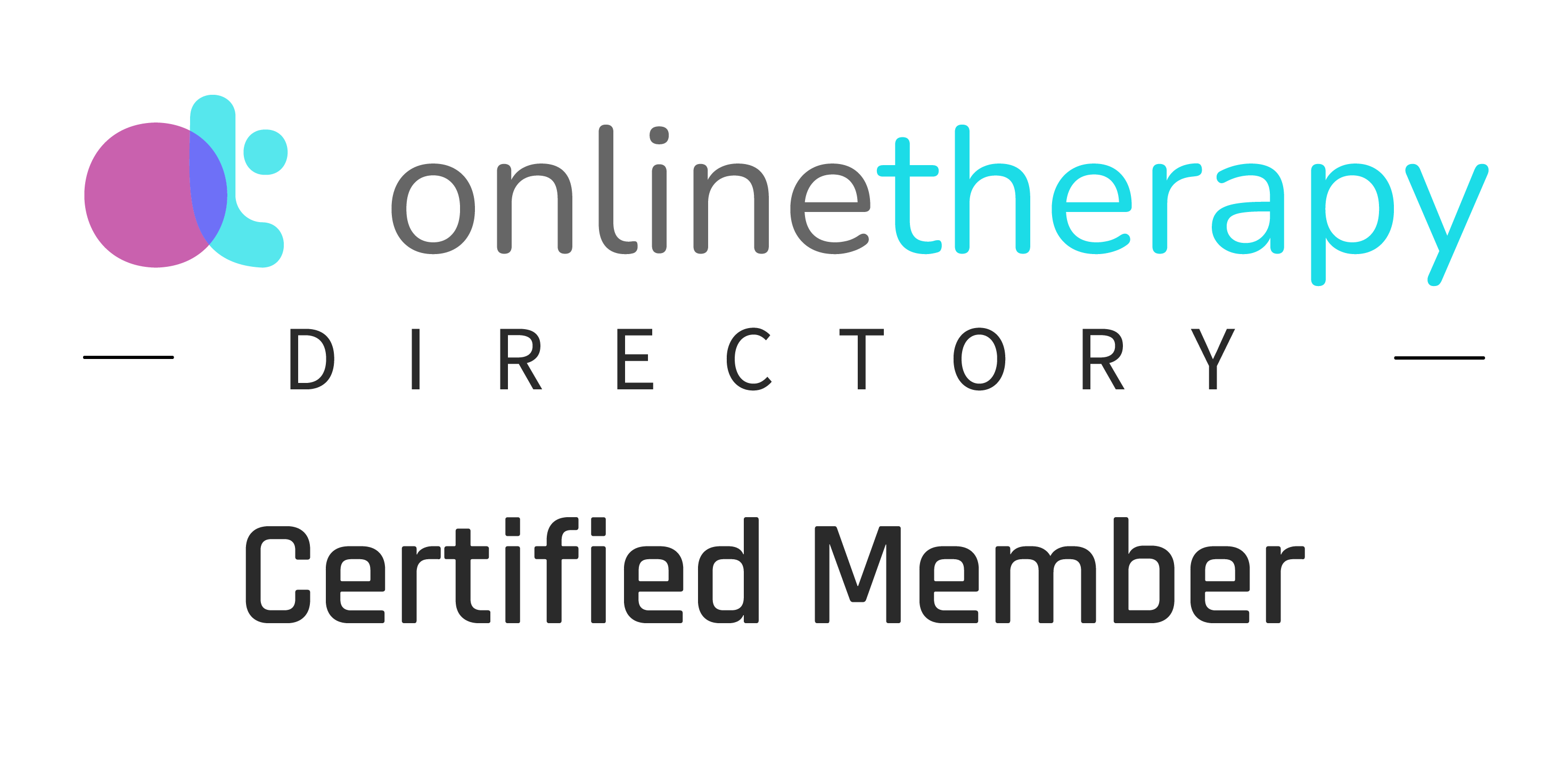We’re all familiar with the idea of “spiraling” down, or out of control. Chances are you’ve been caught in the cycle more than once. No matter how hard you try, somehow you just keep sinking deeper and deeper into an infinite hole of rumination, negativity, anxiety or fear.
Well, as it turns out, “spiraling” is actually a pretty good description of what goes on in the emotional process, though it can be hard to detect the nuances when you’re smack in the middle of it.
Let’s break it down.
How Emotions Work: 101
The first thing to understand is that your emotions run far deeper than the moment you cognitively recognize you’re “feeling” happy or sad. At their most fundamental level, emotions are produced as the body’s physiological reactions to a stimulus. In the same way that you have an impulse to remove your hand from a hot stove before you consciously register “hot stove,” your emotional reactions supersede your conscious awareness. Rapid heart rate, flushed face, tears, that pit in the bottom of your stomach…you’re familiar with the many ways emotions manifest themselves physically, but the important thing to understand is that these responses are automatic, unconscious, and come first in the process.
Only then does your conscious mind get involved: it perceives and interprets the stimulus or situation, but more importantly, it perceives and interprets your body’s physiological reaction to the stimulus and makes a cognitive assessment about how it makes you feel. Only then do we add the label of “happy,” “sad,” “excited,” or “anxious” to our experience.
So how do we get to the spiral? Well, the whole process is actually a feedback loop. I’ll give an example from my own experience with anxiety. Most of you are familiar with the idea of a “fire drill” at the office - something urgent comes up like an issue or client email that needs to take precedence over whatever else was going on. Ideally you switch gears, take care of the issue, and then get back to your normal day. Not I. Instead, my entire day would suddenly become a rush or a panic. Speeding to and from meetings, responding shortly with anyone trying to make friendly conversation, barely letting myself take a break for food. Whereas I could typically knock some things off of my to do list one day and come back to the rest the next, suddenly I’d feel an unrelenting need to stay late and get through the entire thing. On the really bad days, it would culminate into a breakdown in a bathroom stall.
It took me a really long time to realize it, but what was happening was I was going into “fight or flight” mode, and I was not coming out. No matter how much I consciously recognized I was overreacting to something minor, or tried to convince myself with logic to calm down, my body was telling my brain to do otherwise.
You see, our emotional responses - the physiological part anyway - are genetically coded and instinctual. The problem is, many of those which were once selected for because they helped us survive no longer serve us in the communities in which we live in 2019 where we are rarely faced with life or death threats. But when an urgent email popped up in my inbox or a fire drill crossed my desk, the primal part of my brain still just had one reaction to turn to, and respond in the same way it would when confronted by a lion it did.
The behaviors that are prompted by our emotions also contribute to our spirals. Let’s try another: You know the experience of not wanting to get out of bed when you’re down? Well, because your body is low-energy, you no longer feel like getting up and going to the gym, seeing friends, or doing any of the activities that might normally boost your mood, so you end up feeling worse. Because you feel worse, you decide to sit around eating ice cream all day, your body doesn’t get the nutrients it needs, becomes even weaker, you feel even, even worse, and so the cycle continues.
A spiral is nothing more than a feedback loop, whether it’s in the cognitive assessments you create about your experience, or the decisions and behaviors that follow.
Positive Interventions to Break the Cycle
Ok, great to know our brains are prone to cyclically malfunctioning, but what can we actually do when we find ourselves being dragged down by the momentum?
Please continue to note that while I am not yet able to offer advice as a clinically-trained therapist, based on my experience both personally and as a yoga teacher, I believe that this is exactly why mindfulness and meditation have become such powerful tools in the therapeutic space.
While it might sound obvious, the first step is simply to recognize that you’re in the middle of a spiral or a physiological response. Mindfulness and meditation help us take a step back from being totally absorbed in this experience and strengthen our ability to recognize the space between our unconscious reactions. They offer us a beat in the middle of the cycle and give us the opportunity to make a more conscious decision about what we do next - whether we continue down the current path, or take some other action to turn it around.
Then, rather than fight the body with brain, work with the body to change your physical response. This is why you’re told to take deep breaths when you’re in the middle of crisis. When you consciously slow the breath down, you send a signal to the brain that you’re safe, you’re actually ok. When you do things like yoga, breathing exercises, or simply “breathe into” the spaces in your body that are manifesting your emotion, you replace the things like short breath or tightness in the chest telling your brain you’re not ok with a new physical responses for the brain to interpret. Pretty cool, right? But here comes the really cool part...
Can a Spiral Be Good?
Just like a negative spiral can drag you deeper and deeper into a rut, social psychologist Barbara Fredrickson illustrates how positive emotions can actually create an “upward spiral” toward higher well-being. Under her “broaden-and-build” theory, she shows that positive emotions broaden our thinking, which eventually helps us to build enduring resources that serve us throughout our lives.
Let’s look at a couple examples. Have you ever been so angry with someone you can’t even remember the good you ever saw in them? Narrow thinking. Have you ever been so frustrated you become caught up in the minutiae of a task before you, later realizing you missed the bigger picture? Narrow thinking. From an evolutionary perspective, more negatively charged emotions such as fear were adaptive because they helped us narrow our focus and make quick decisions at moments that often meant the difference between life and death. You were already running before you had the chance to leisurely reflect on the appropriate course of action. But I think we can all agree that in most circumstances in today’s world, it’s not useful nor particularly preferable to be functioning with your head down and blinders on.
Now let’s look at the flip side: Fredrickson’s studies have shown that when induced with positive emotion, people focus less on the details and more on the big picture. They produce more flexible, inclusive and creative thinking, and studies have even shown those who experience positive emotion are less racially biased in face perception and worse at perceiving physical differences between races than those in the control. Positive emotions encourage people to do everything from interacting with others, to seeking out new experiences, taking up creative challenges, and helping others. All of these experiences tend to, in turn, boost our sense of happiness and increase our positive emotions, and so the loop continues in the opposite direction.
Finally, with a more open mindset, we then go on to behave in ways that increase lasting resources that help promote more positive experiences down the road. For example, emotions like joy produce the urge to play, and nudge us to create more social bonds that provide social support. Interest produces the urge to explore, which builds on knowledge, experience and ultimate resilience.
Sometimes it takes just a small positive influence to snowball into much greater lifestyle changes. Here are just a couple places to start:
Be intentional about your environment. Sometimes this can be the first thing to get looked over, but so much of your mood is affected by your immediate surroundings. That includes everything from colors and temperature to sounds, and smells. Try cleaning your desk, lighting a candle, or even adding a warm paint color to your room. Find the environmental factors that boost your mood and integrate them into your space.
Get out in nature. Did you know that today people spend an average of 93% of their time indoors? Quite a lot for a species that evolved out in the wild. Whether it’s a walking meeting or a day at the beach, spending time outside (in good weather) can offer an immediate mood boost, as well as boost broad, open-minded thinking.
Sleep, diet & exercise. I will say it again because it’s usually the most obvious and redundant ideas that get taken for granted. Get your eight hours. Break a sweat. And when you’re feeling crummy, think about the last thing you put in your body.
Spend time with people. The relationship between social connection and happiness is bi-directional. People who have more social connection are happier, and happier people attract better and more intimate relationships.
Think good thinks. I’ll reiterate again that the “power of positive thinking” will not solve all of your problems, but you have to admit that it is pretty darn amazing that just thinking about something can invoke a physiological response. Try it: Think about your last heartbreak. Think about your biggest fear. Think about someone you love. Notice if you feel it in your body, and then take a moment to really let the idea of just how powerful your thoughts are sink in. Shifting your thoughts to things like what you’re grateful for or the ideas that are bigger than you can literally change your body’s chemistry. Find and reinforce the ones that will lift and open you up.
A Final Note and Case for ALL Emotions
While we want to optimize toward positive emotion to the extent that they help us grow, adapt, and lead meaningful and fulfilling lives, it is equally important to remember that all our emotions are important, dynamic, and often serve a purpose. Grief is an essential part of processing any loss. The freedom to express rather than suppress our emotions when we are sad or angry is healthy and sometimes necessary. Simply having a crappy day is a normal part of being human, and sometimes feeling into it is the best thing you can do. You will still experience all of these things and more even if you are by and large on a positive trajectory up or “flourishing” throughout most of your life.
Our emotions are also constantly in flux. Just try tracking them some day. One minute you might be on top of the world, the next you’re hyper-agitated and can’t even explain why. What’s important to remember is that - for better or worse - no feeling is permanent. When you’re at a low, understand that within a matter of hours or even minutes you’ll probably be in a completely different state. The practice is not about eradicating the negative emotions that might arise throughout our lives. The practice is noticing them, understanding them, and not getting stuck or swept away in the whirlpool.
Finally, if we can harness the power of our emotional feedback loops to our advantage, and optimize toward positive emotions, experiences and goals, you just might be surprised by where you find yourself spiraling.







